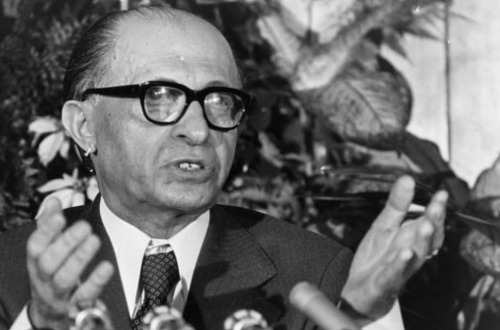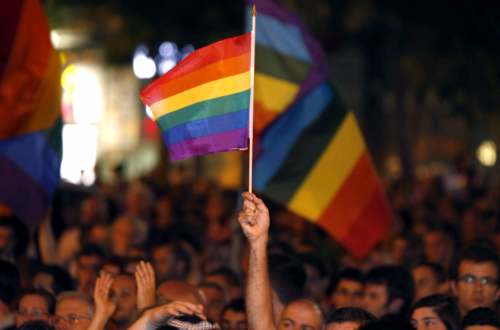So, last week, we had this from Rachel Shabi in Haaretz:
Criticize Israel – but without the vile and offensive cartoons
Even if Scarfe’s cartoon isn’t anti-Semitic, it is still vile and offensive. Given enduring, and well-founded, Jewish sensitivities over certain imagery, it is manifestly preferable to caricature and castigate Israeli leaders without them dripping buckets of blood. There is hardly a shortage of material.
Yesterday, we had this in The Guardian:
There’s concern that Ennahda has failed to act on verbal and physical attacks (for instance against a TV station, intellectuals and an art gallery last year) by the ultra-religious Salafi movement. And opposition groups, the General Labour Union and campaigners, including the Centre for Press Freedom, have voiced mounting concern at the Leagues for the Protection of the Revolution – neighbourhood protection groups claiming to fight corruption and old regime remnants. The opposition views them as Ennahda enforcers (though the party has dismissed claims of any affiliation with the leagues), and some Tunisians suspect them of being behind the murder of Belaid. Belaid is reported to have described the leagues as “Ennahda-backed goon squads that attacked opposition rallies”.
…
It’s possible that any post-revolutionary party, once in power, would face the same accusations over missed deadlines for political progress, lack of justice, and a surge in youth unemployment. But in Tunisia this is compounded by the fact that, while most accept the democratic process that created an Islamist-heavy government, there’s a worry that Islamists don’t really do the sort of power-sharing required in post-revolutionary periods.
Erm.
This is not the sort of narrative we’ve been used to, from her, or from The Guardian. What is going on here?


